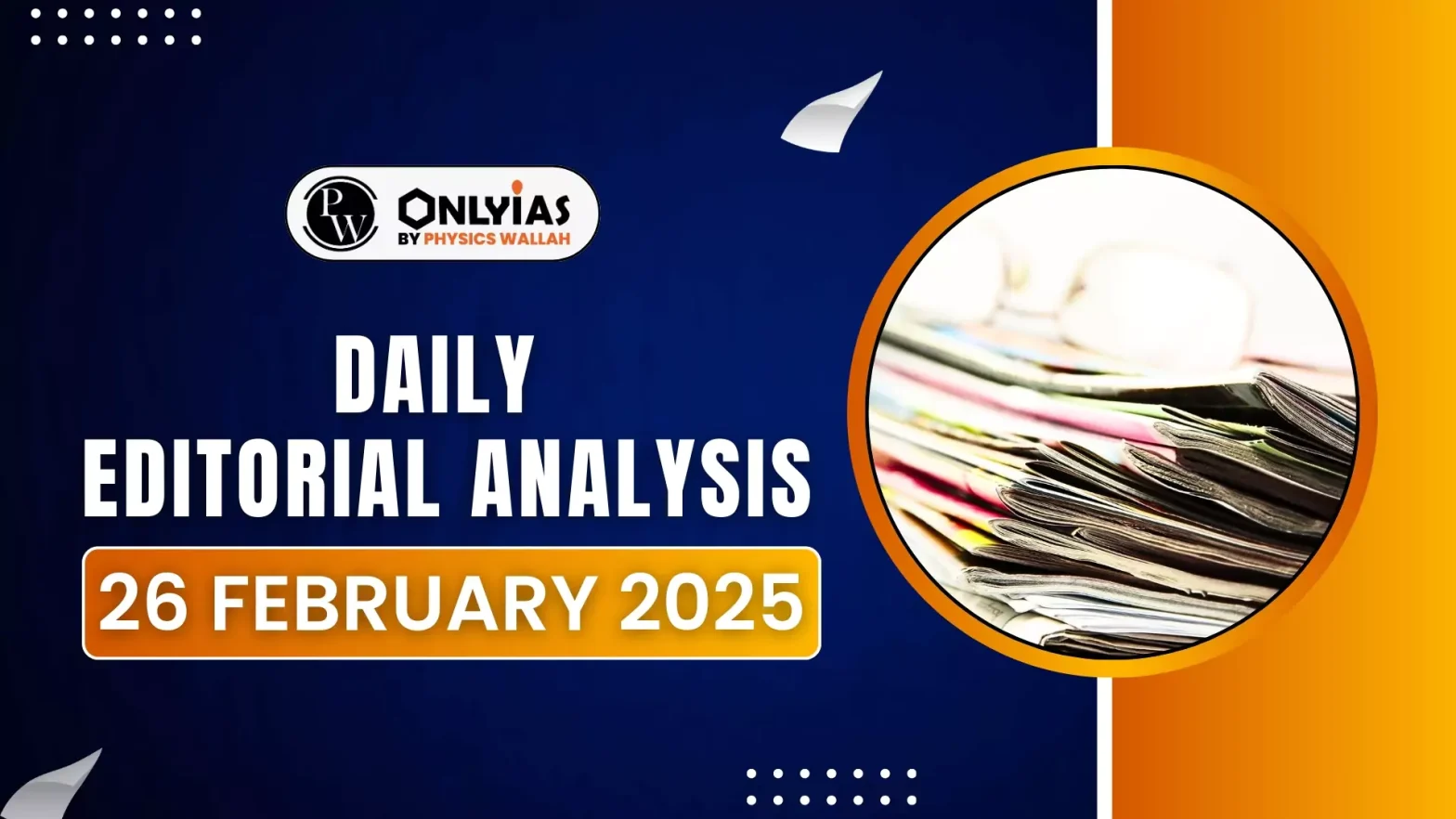![]() 26 Feb 2025
26 Feb 2025

With rising human-animal conflicts in Idukki, the District Collector has requested a detailed mitigation proposal from the Forest Department.
A balanced approach is needed to ensure human safety while maintaining sustainable wildlife management.
| Mains Practice Question: |
|---|

<div class="new-fform">
</div>